The Developing Human Clinically Oriented Embryology
In this article, we are sharing with our audience the genuine PDF download of The Developing Human Clinically Oriented Embryology PDF using direct links which can be found at the end of this blog post. To ensure user-safety and faster downloads, we have uploaded this .pdf file to our online cloud repository so that you can enjoy a hassle-free downloading experience.
At USMLE, we believe in quality and speed which are a part of our core philosophy and promise to our readers. We hope that you people benefit from our blog! Now before that we share the free PDF download of The Developing Human Clinically Oriented Embryology PDF with you, let’s take a look into few of the important details regarding this ebook.
A brief overview of The Developing Human Clinically Oriented Embryology PDF
The 10th edition, formed by some of the world’s greatest leading anatomists, of The Developing Human Clinically Oriented Embryology, continues to give medical students an exhaustive and easy-to-digest study of the complex issue.
The information needed to describe the development of the fetal organ and the system is clearly written and well-structured descriptions. Almost 600 examples include a weekly and stage-by-step clinically tailored guideline for human growth.
The study of Dr Neel Kamal stated “A well-compiled text on a deeper analysis of development within humans to the present state of biomedical research.” You can download other embryology in MBBS pdf book.
Key features of the book
Questions and responses at the end of any chapter can be examined effectively.
They discuss the new embryological studies, including casesof embryogenesis, causes of birth defects, and human gene functions etc.
Advances in molecular biology, including developing groundbreaking new technologies, such as recomposing DNA and Stem Cell Management, informed clinical care knowledge.
In special boxes, the clinical case presentations illustrate how principles of embryology apply to clinical methods and are suitable for planning phase 1 of USMLE.
Table of contents
There a total of 21 chapters in The Developing Human Clinically Oriented Embryology.
Every chapter is unique in its own way and teaches you about the Human body and its different stages of development:
- Chapter 1. Starting of Human Growth
- Chapter 2. Growth in First Week
- Chapter 3. Growth Second Week in the Human
- Chapter 4. Human Development Third Week
- Chapter 5. Weeks 4 to 8 in human growth
- Chapter 6. Ninth Week of Pregnancy Phase
- Chapter 7. Fetal membranes and placenta
- Chapter 8. Cavities of the body, mesenteries, diaphragms
- Chapter 9. Apparel, Face, and Neck of Pharyngeals
- Chapter 10. Airborne machine
- Chapter 11. Food Networks
- Chapter 12. Urrogensystem
- Chapter 13. Cardiaculate Device
- Chapter 14. System of skeletons
- Chapter 15. Muscular system System
- Chapter 16. Limbs growth
- Chapter 17. System of the Anxious
- Chapter 18. Eyes and Ears Growth
- Chapter 19. Method of incorporation
- Chapter 20. Deficiencies in human birth
- Chapter 21. Popular pathways used in the development
There are 3 known authors of The Developing Human Clinically Oriented Embryology PDF:
1. Keith Moore:
A former professor of Anatomy and Associate Professor of Basic Medicine, University of Manitoba, Winnipeg University, Canada, Faculty of Medicine, former Head of anatomy, emeritus professor at the Department of Surgery, the faculties of anatomy at Toronto, Ontario. He is another famous author of many other educational books.
2. T. V. N. Persaud:
Faculty of Medicine and Professor of Anatomy, University of St. Georges, Grene, western Indonesia, Faculty of Obstetrics and Gynecology and Reproductive Scientists Senior of Human and Cell Science Department. Children’s Well-being and Pediatric Professor.
3. Mark Torchia:
Department of Surgery, Department of Human Anatomical and Cell Sciences, Affiliated Professor, Head of the Teaching and Learning Progress Centre, University of Manitoba, Canada. He has authored many books and has successfully educated thousands of students. He is a man of extremely devoted to Human development
Conclusion and download link
Make sure to go through the overview thoroughly. To fully understand what you will be getting if you download this book.
We here at WOMS wish every medical student the best of luck in all of their future examinations, and studies and we hope that this was the book you were looking for. Now, this concludes this topic.
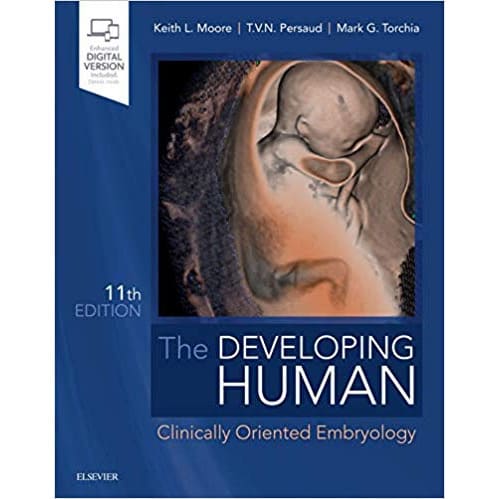
But before that, here is the download link to The Developing Human Clinically Oriented Embryology PDF
Disclaimer:
This site complies with DMCA Digital Copyright Laws.Please bear in mind that we do not own copyrights to this book/software. We’re sharing this with our audience ONLY for educational purpose and we highly encourage our visitors to purchase original licensed software/Books. If someone with copyrights wants us to remove this software/Book, please contact us. immediately.
You may send an email to [email protected] for all DMCA / Removal Requests.
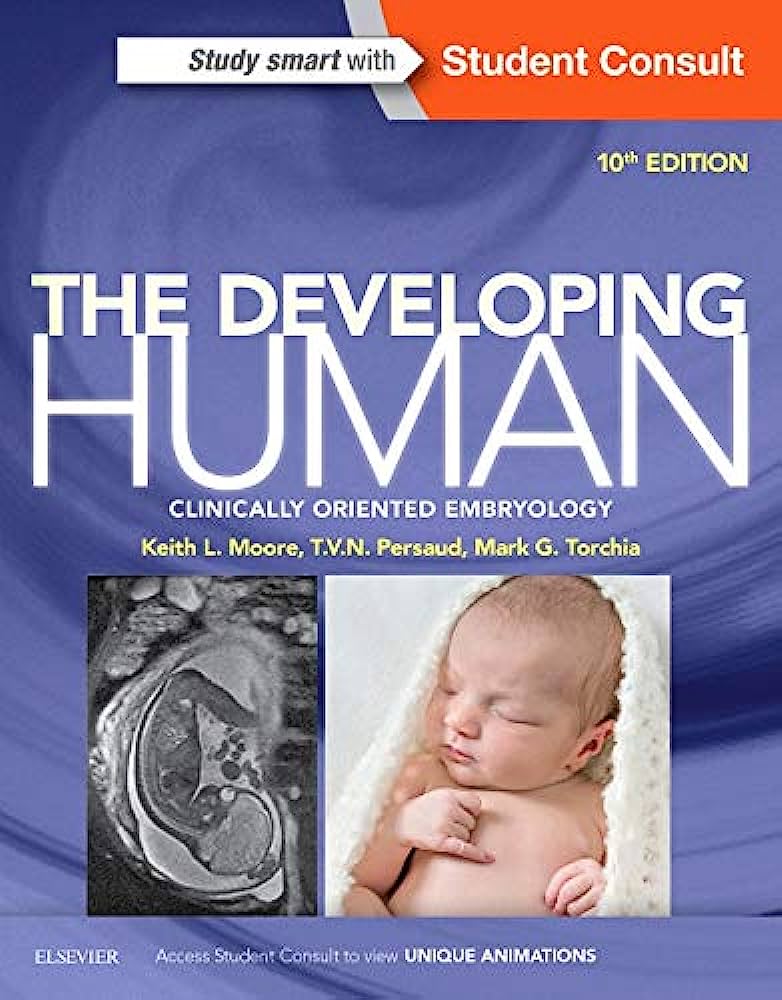
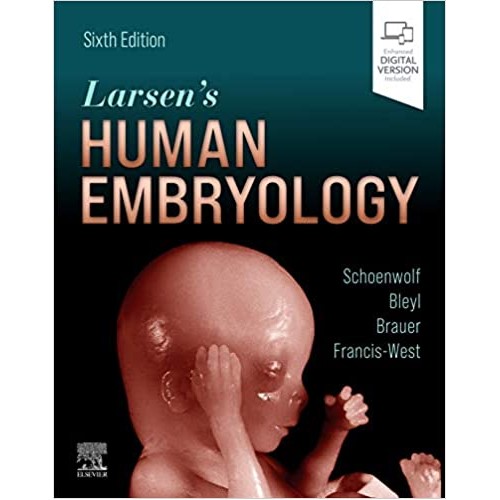
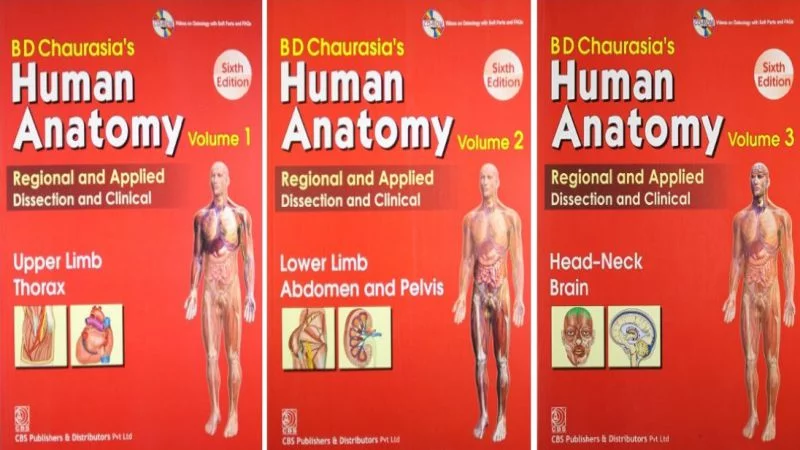
![All MBBS PDF Books Free Download [First Year to Final Year] [Direct Link] All MBBS PDF Books Free Download [First Year to Final Year]](https://usmlebookspdf.com/wp-content/uploads/2023/08/All-MBBS-PDF-Books-Free-Download-First-Year-to-Final-Year-Direct-Link.jpg)
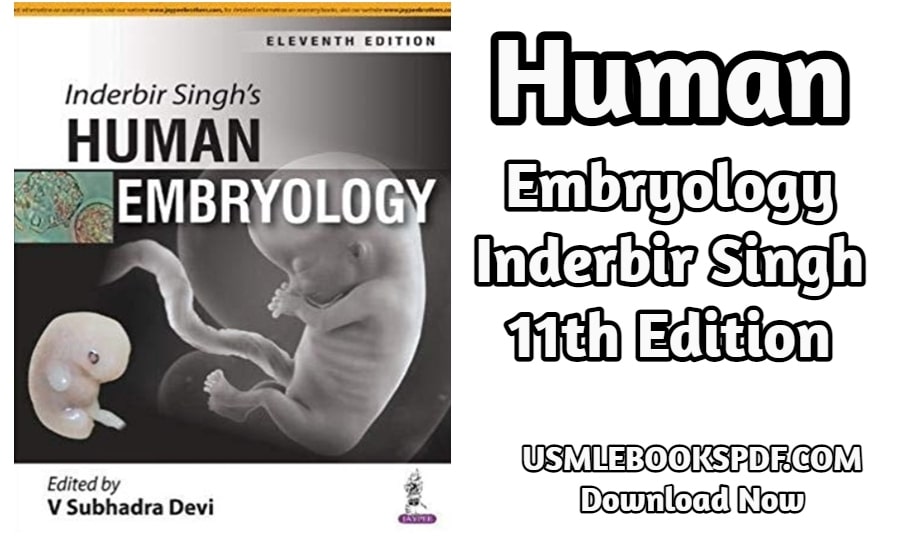
![Kumar and Clark’s Clinical Medicine 10th Edition PDF Free Download [Direct Link] Kumar and Clark’s Clinical Medicine 10th Edition PDF](https://usmlebookspdf.com/wp-content/uploads/2023/07/Kumar-and-Clarks-Clinical-Medicine-10th-Edition-PDF-Free-Download-Direct-Link.jpg)